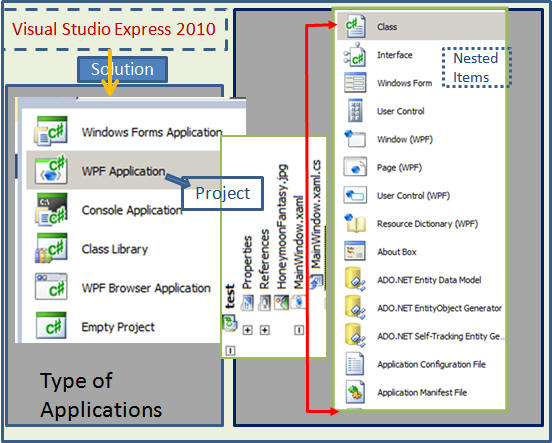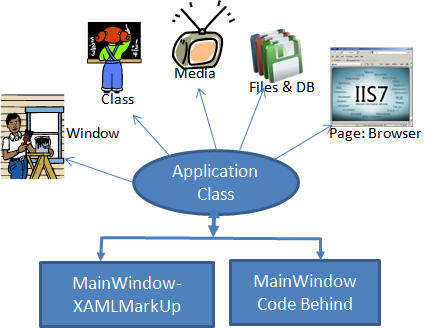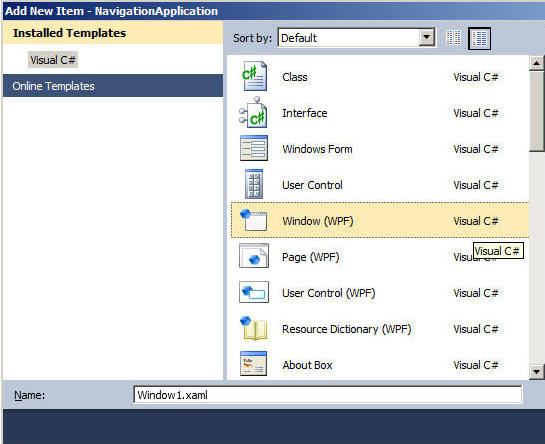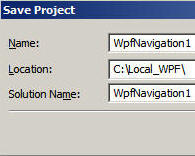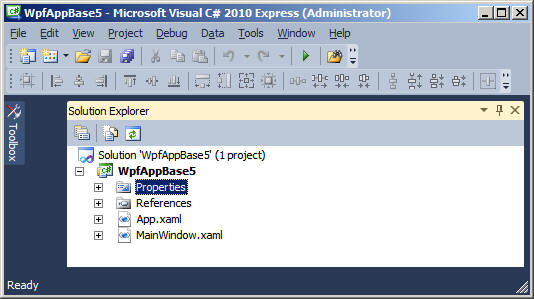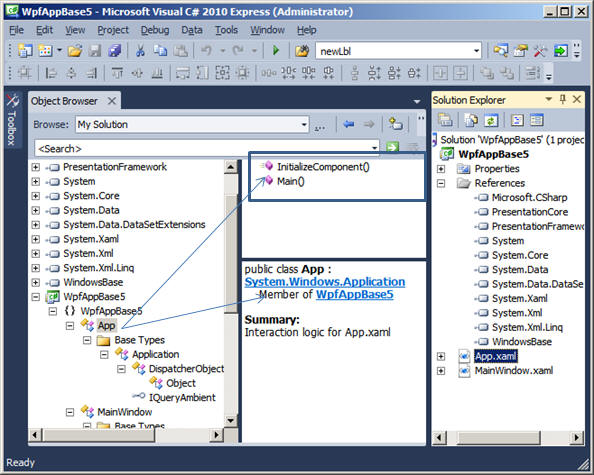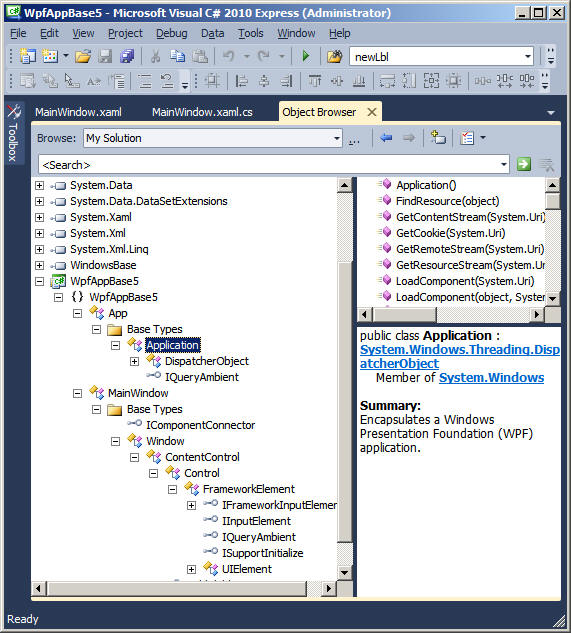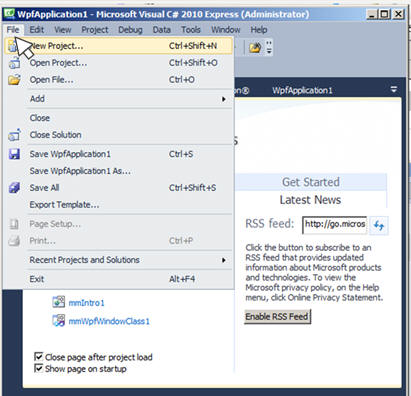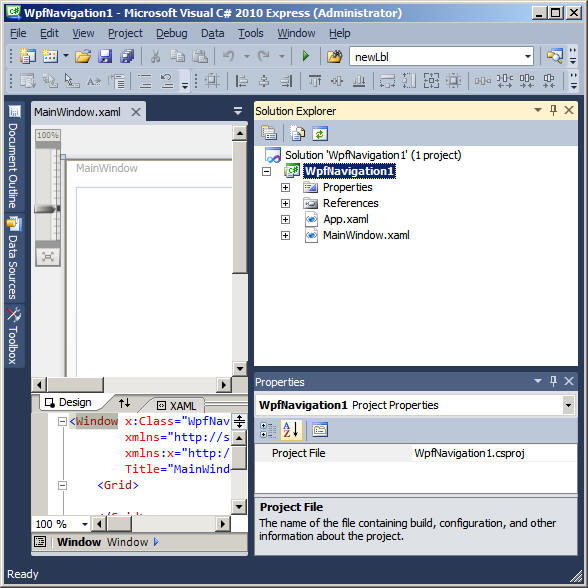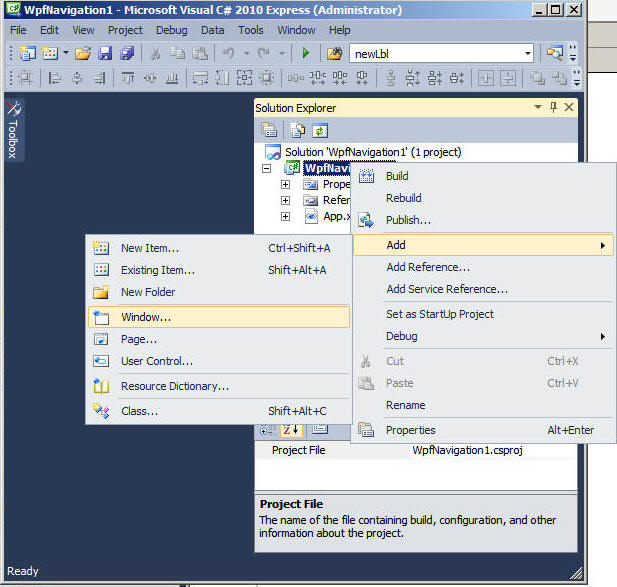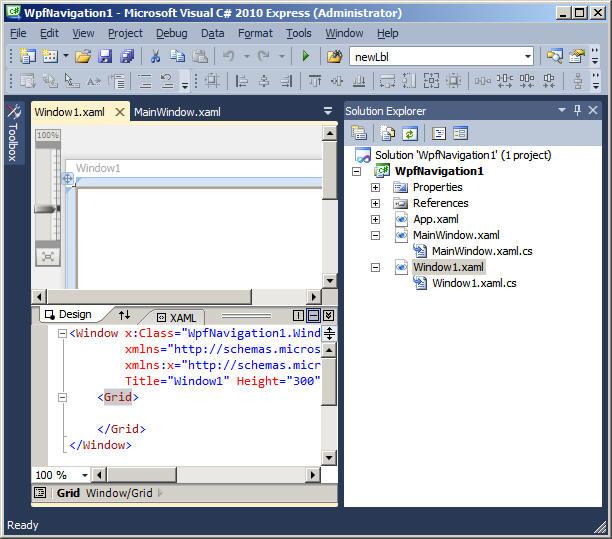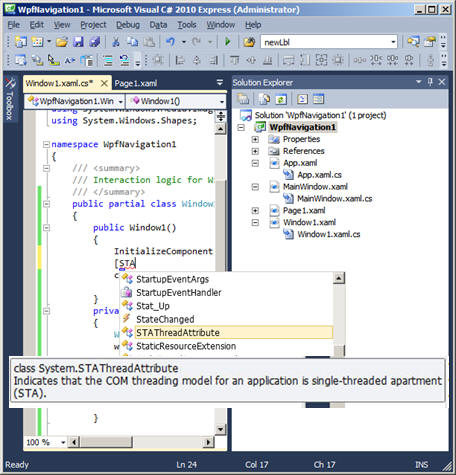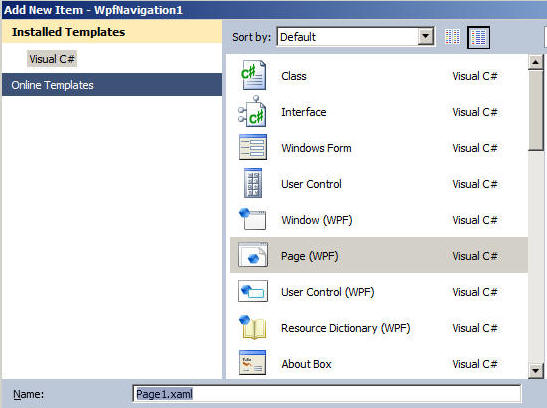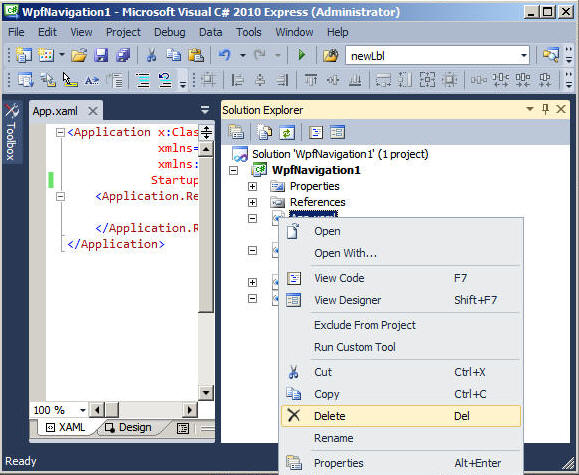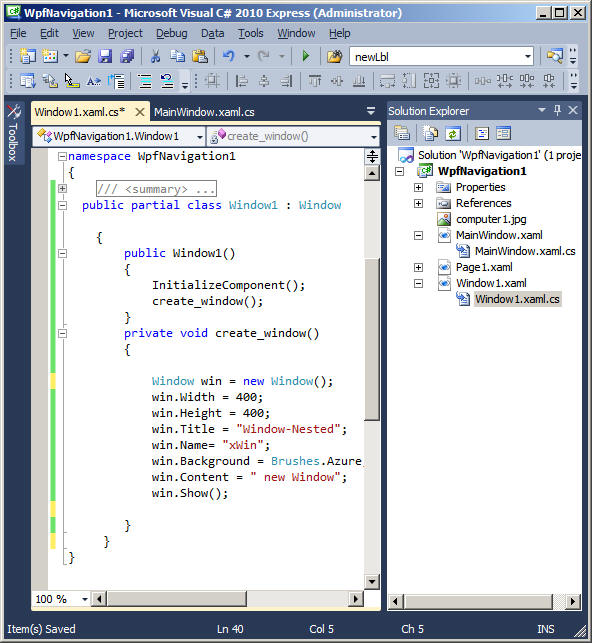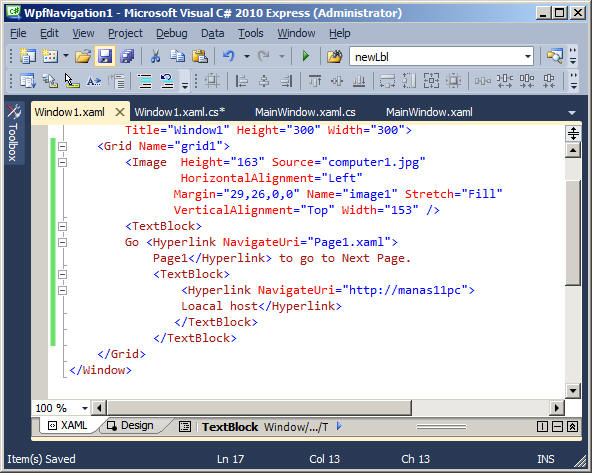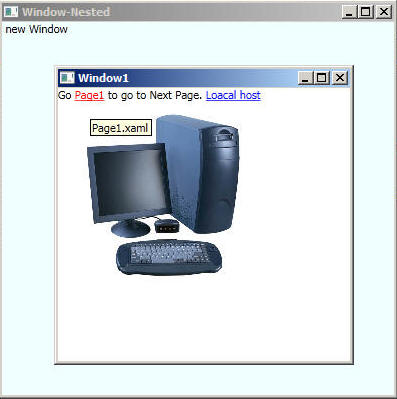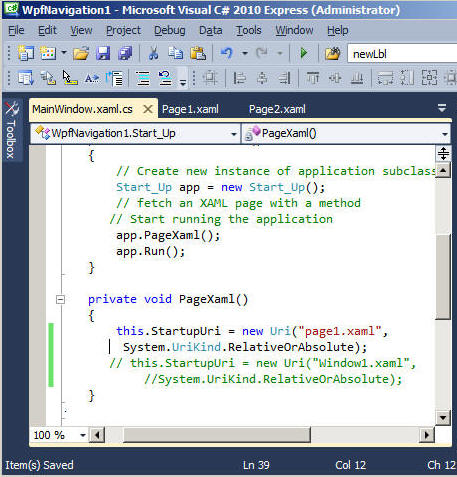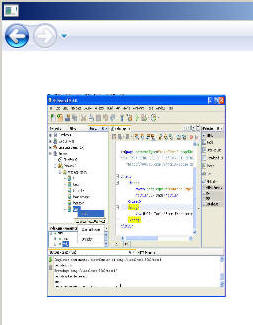Navigation Applications
Navigation applications are applications that are composed of many "pages", and often feel similar to web applications, although not always. A navigation application usually provides some kind of shell in which the pages are hosted, with custom chrome or widgets around it.
The pages of a navigation application can usually be broken down into two categories:
- Standalone, free pages.
- Pages that make up a step in a process.
For example, an online banking application may have a number of standalone pages, such as:
- The Welcome page
- The Account Balance page
- The Help page
These pages are often read-only, or can be navigated to at any time, and don't really form part of a single "task" that the user performs.
Then there are many tasks the user can perform:
- Applying for a credit card
- Paying a bill
- Requesting to increase their transaction limits
Note that these tasks may comprise of subtasks, which can make our navigation model rather complex. Let's dissect each of these sections and discuss how WPF handles them.
